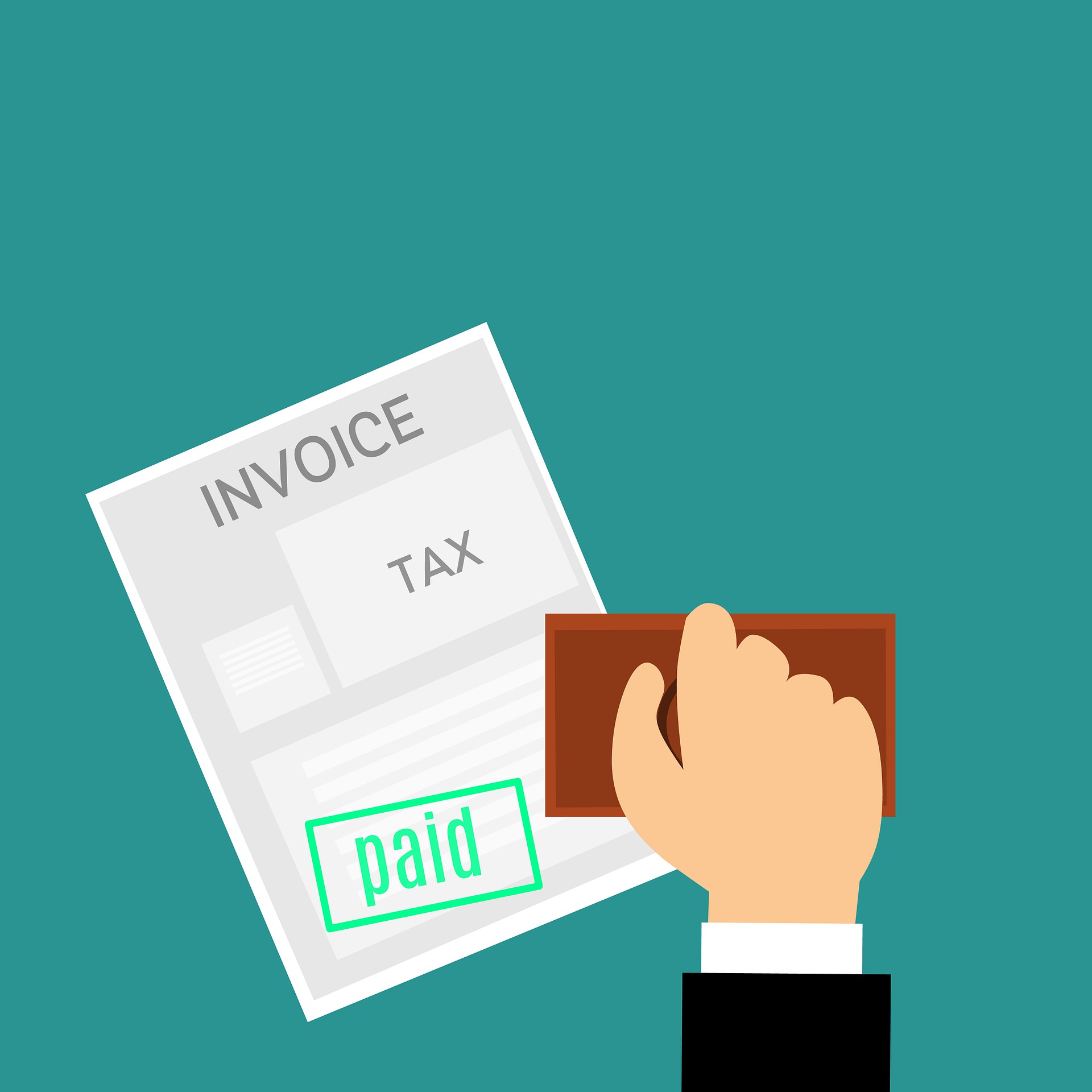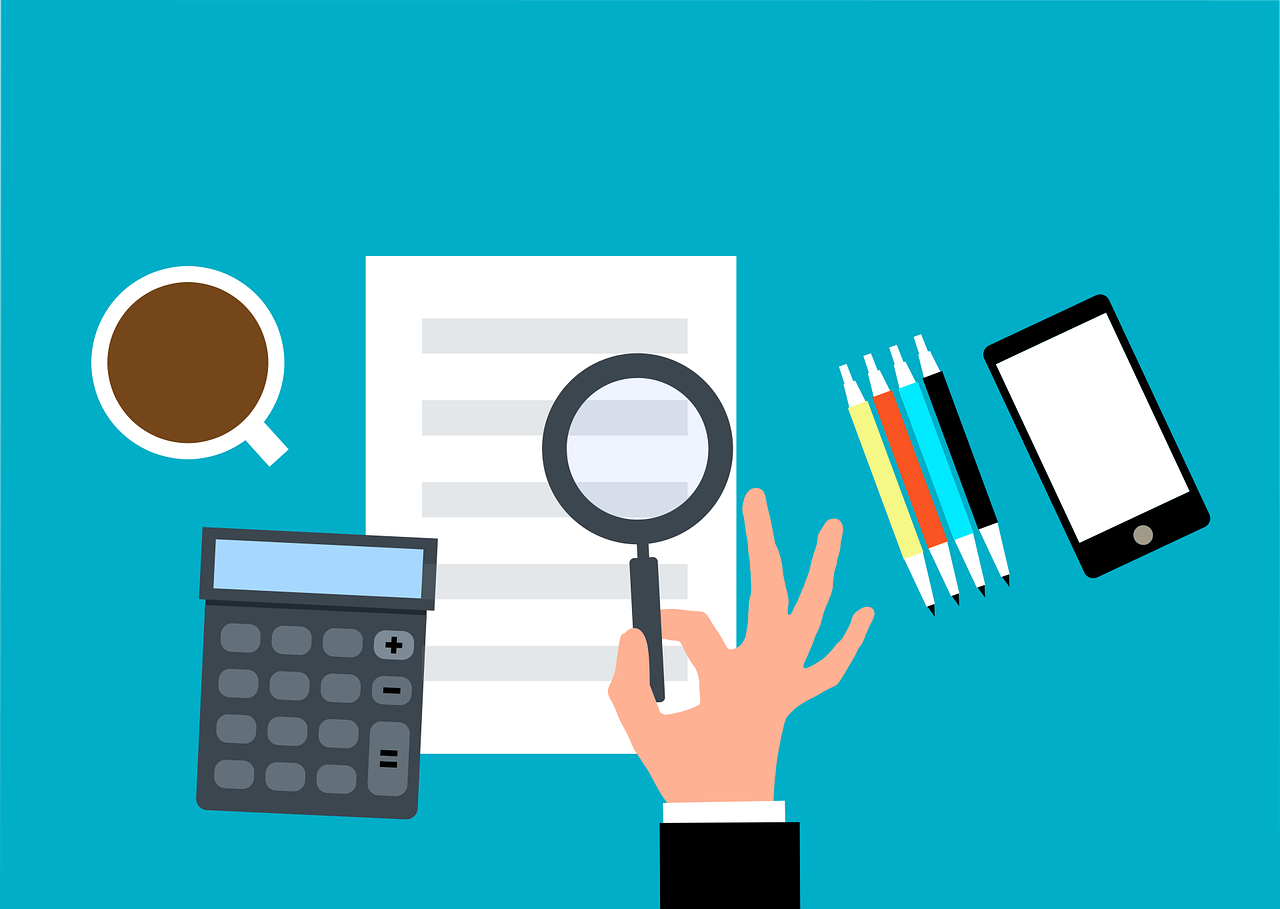BAS due dates just creep up on us, don’t they? We try to support our clients with ways to make their ‘financial’ life at least a little bit easier.
BAS and GST can be confusing at the best of times. With the government financial assistance schemes helping to support job retention, cash flow and asset write-offs; potential incomes losses; and working from home instead of an office, your business activity statements might look very different to your usual statements.
We are here to help and offer the tax expertise to make the process easier for you, so mistakes are avoided. Here are some of our top tips:
-
Get organised
This is without doubt the most important piece of advice we can give you. You need to account for all income and all expenses within the quarter (or month if you lodge monthly). This includes sales, running costs, equipment purchases, wages, interest, supplier costs etc… and you will need to be able to justify all transactions. While many receipts now come in a digital form that you can save on your computer, you will still get paper receipts. Remember, the ATO can audit your business at any time within the last 5 years, so you need to have a place to store them as well as keep them in order so if asked you know exactly where they are. We know that receipts can get lost, shop receipts can fade over time and it can be a big administrative task if you are asked to provide evidence of deductions from years ago.
We would advise all our clients to use Receipt Bank, a system that automatically converts all your receipts into data making it easy for you to send your tax information straight to us.
-
Use an online accounting software
As a business owner, keeping track of your accounts can be very time consuming if you do it manually. Preparing invoices, compiling records and expenses, and gathering information for BAS and GST lodgements, all takes precious time from your day, when you could be working on your business.
At Taxpro, we use MYOB – QuickBooks which is an easy online small business accounting software and we advise clients about it. It creates your invoices for you, helps you manage your expenses and importantly report Single Touch Payroll to meet the ATO requirements. As well as speed, it can also improve accuracy, and optimising this process greatly reduces your hours spent on accounting tasks. It is especially useful if you have to produce a report, whether it is for finance, or the ATO, having everything in one place gives you instant access to your financial information.
-
Claiming motor vehicle expenses
There are two ways to calculate your motor vehicle expenses:
Cents per kilometre
You can claim up to 5,000 business kilometres per car per year and from 30 June 2018, the rate increased to 68 cents per kilometre regardless of the size of your engine. Written evidence is not required to be kept, however the ATO has started to ask more questions to deduce if 5,000 kilometres are actually being travelled each year. So, you do need to be able to show that you were required to use your car for work, and how you calculated your claim. This is the simplest method to use but be aware that home to work travel is not included, and the ATO are cracking down on over claiming.
Logbook
This method uses a business-use percentage which is determined by keeping a compliant logbook for a period of at least 12 continuous weeks and it is valid for 5 years. The business-use percentage is applied to all motor vehicle expenses including fuel, insurance, registration, repairs and depreciation. Depreciation is calculated as one-quarter, or 25%, of the recorded value for your vehicle.
While the logbook method seems like an arduous task, there’s actually a range of smart phone apps now available that offer functionality to meet ATO requirements. These apps track your travel and can even store petrol receipts so keeping track of everything is easier. If you have a larger car that is being used for business, this may be the best option.
-
Working from home deductions
The ATO has introduced a temporary simplified method which allows you to claim 80 cents for each hour you work from home and this covers all deductible running expenses which are:
- Heating
- Cooling
- Lighting
- Cleaning
- Decline of value of furniture used for business
- Phone
- Internet costs
This is an increase from 52 cents per hour. The new rate is in place until 31st December 2020.
-
Not all expenses attract GST
Common expenses that do not attract GST are:
- Bank fees (however merchant fees do attract GST)
- Government charges, taxes, levies, stamp duties (including the one on your motor vehicle registration)
- Salaries, wages and superannuation payments
- Loan repayments
- Interest expenses
- Unprocessed foods
It should also be noted that not all of those expenses are reportable as expenses in your BAS.
-
Double dipping
You can claim GST credits in the period you made a capital acquisition, but don’t claim it again with your loan repayments afterwards. Those are essentially just transfers between accounts.
-
Capital sales
Remember to report and charge GST on the sale of business assets. Mistakes can catch you out cold if you haven’t accounted for the GST.
-
Supplier is not registered for GST
We suggest to always check ABN lookup to verify if a supplier is registered for GST.
If a supplier is not registered for GST, they cannot charge GST. It is understood GST credits can only be claimed if they have been charged.
Be aware: If a supplier does not quote their ABN you can still trade with them but need to withhold part of the payment as ‘No ABN withholding’ and forward the withheld amount to the ATO as part of your BAS.
As always, if you ever have any questions, please contact us on 08 9240 7629 or email admin@taxproaustralia.com.au






Leave A Comment